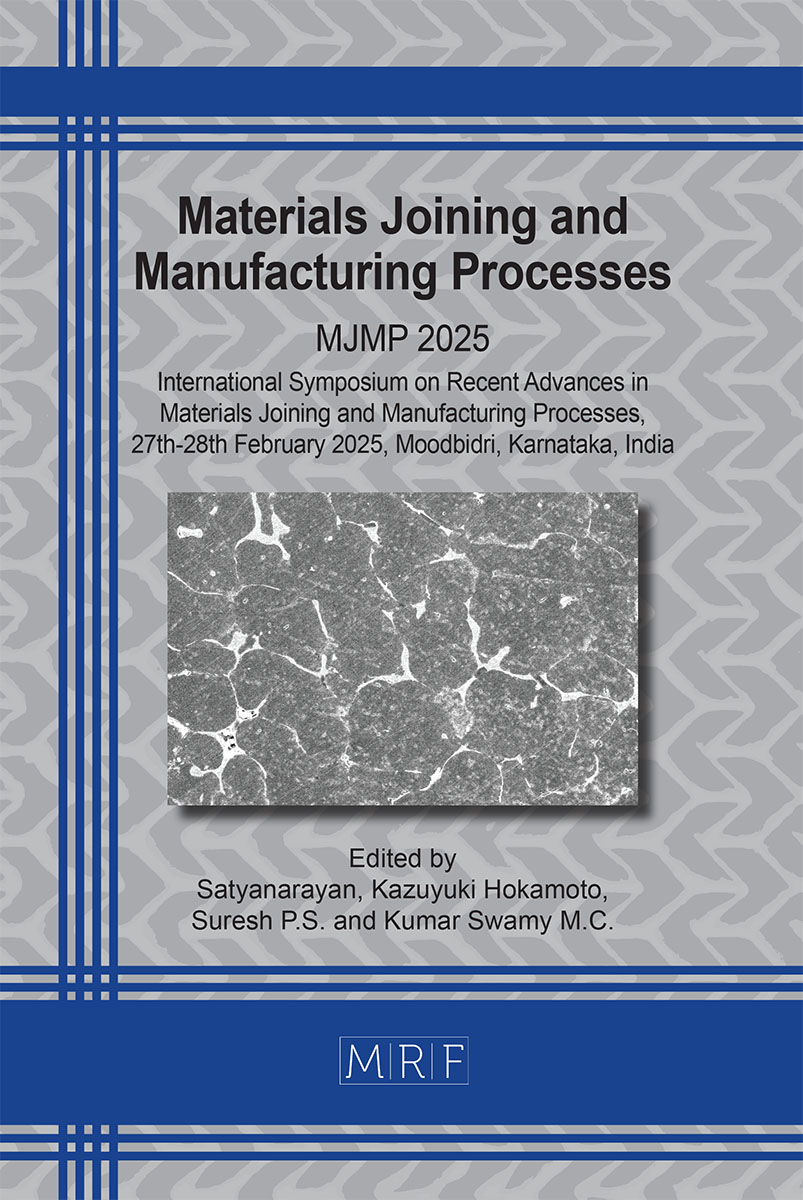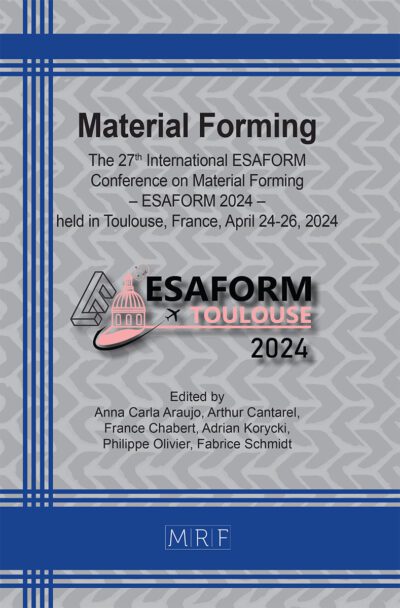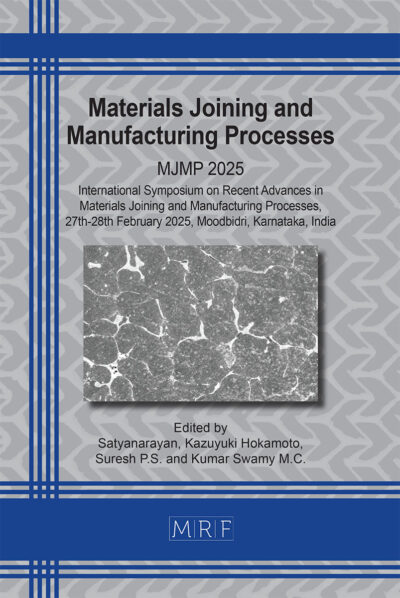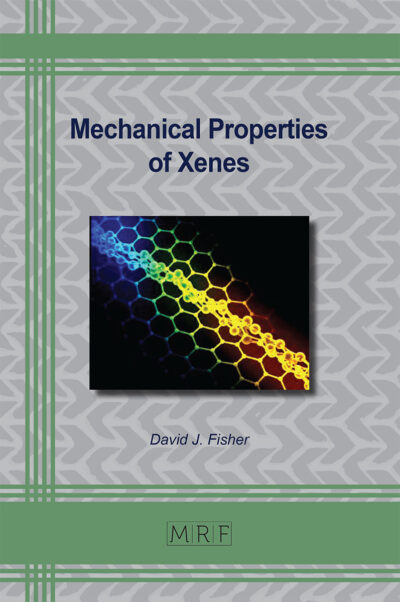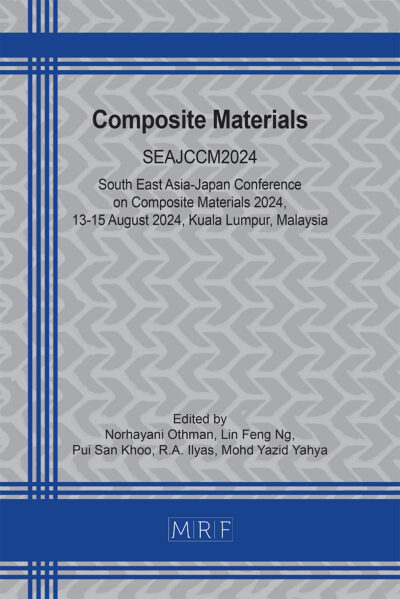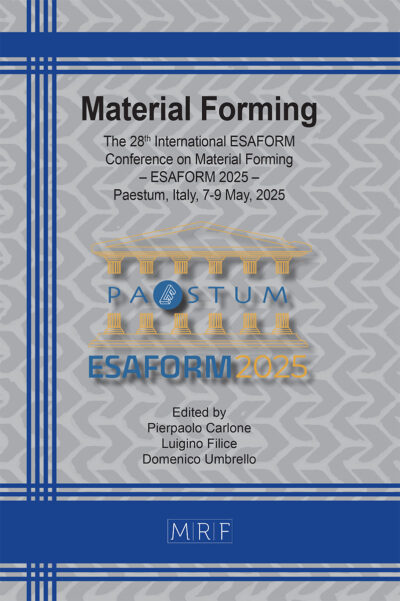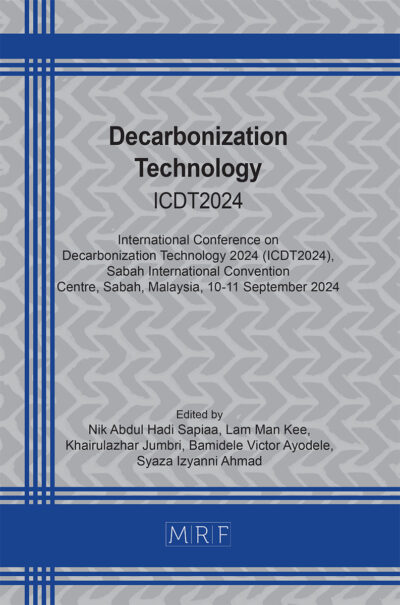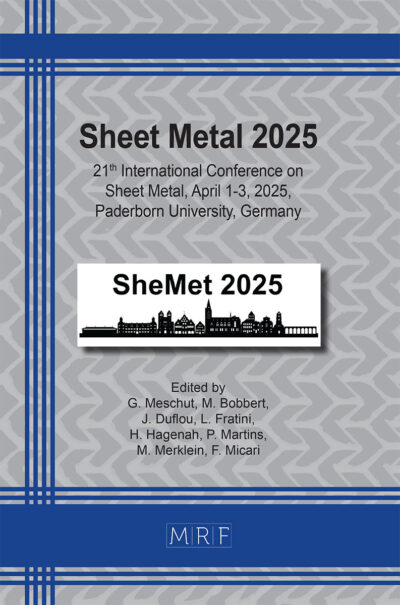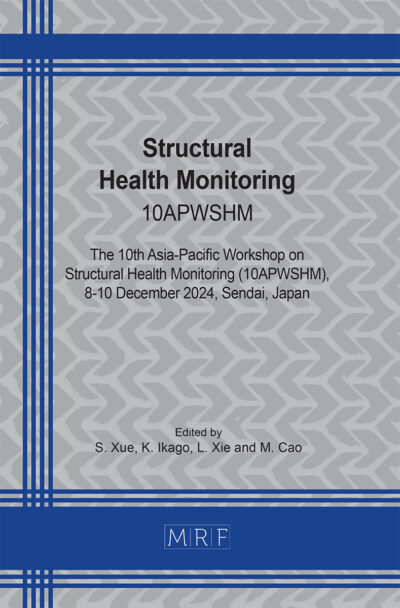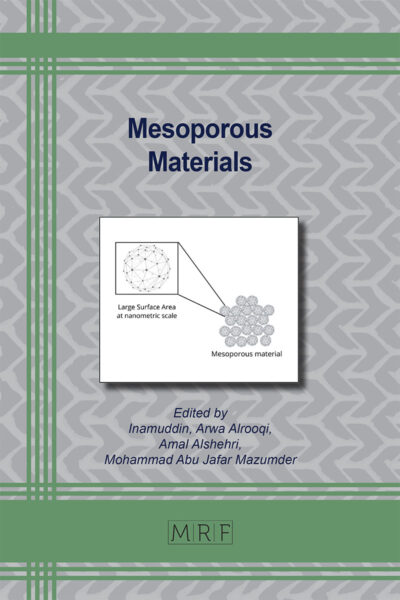Lead-free solders for high-temperature applications
SATYANARAYAN, K. NARAYAN PRABHU
Abstract. Due to the toxicity of Pb, efforts to develop alternatives to Pb-based solders have been increased significantly. However, only a limited number of lead (Pb)-free solder systems exist for high-temperature applications. In the present paper, a review of the selection of Pb-free solder alloys for high-temperature (300°C–400°C) applications to replace traditional Pb-based alloys is carried out. A discussion on the research and development of high-temperature solder alloys is highlighted in the current review. The solder systems with alloying additions like Au, Sb, Ni and Zn must be investigated to be used as potential candidate materials for high-temperature applications
Keywords
Pb-Free Solders, Alloying, Wetting, High Temperature
Published online 6/1/2025, 5 pages
Copyright © 2025 by the author(s)
Published under license by Materials Research Forum LLC., Millersville PA, USA
Citation: SATYANARAYAN, K. NARAYAN PRABHU, Lead-free solders for high-temperature applications, Materials Research Proceedings, Vol. 55, pp 136-140, 2025
DOI: https://doi.org/10.21741/9781644903612-20
The article was published as article 20 of the book Materials Joining and Manufacturing Processes
![]() Content from this work may be used under the terms of the Creative Commons Attribution 3.0 license. Any further distribution of this work must maintain attribution to the author(s) and the title of the work, journal citation and DOI.
Content from this work may be used under the terms of the Creative Commons Attribution 3.0 license. Any further distribution of this work must maintain attribution to the author(s) and the title of the work, journal citation and DOI.
References
[1] P Williams, Surface Mount Council Status Of The Technology Industry Activities And Action Plan, August 1999 https://www.ipc.org/4.0_Knowledge/4.1_Standards/smcstatus.pdf (accessed on 10/12/2019).
[2] Satyanarayan, KN Prabhu,Reactive wetting, evolution of interfacial and bulk IMCs and their effect on mechanical properties of eutectic Sn-Cu solder alloy, Adv.Coll. Int. Sci. 166 (2011) 87-118. https://doi.org/10.1016/j.cis.2011.05.005
[3] H. Jennie, Implementing lead-free electronics,McG.Hill.(2005) 10-90.
[4] Seo, Sun-Kyoung, S. K. Kang, D. Y Shih, H. M. Lee, An investigation of microstructure and microhardness of Sn-Cu and Sn-Ag solders as functions of alloy composition and cooling rate, J.electro.mat. 38 (2009) 257-265. https://doi.org/10.1007/s11664-008-0545-x
[5] G Kumar, KN Prabhu, Review of non-reactive and reactive wetting of liquids on surfaces, Adv. Coll.int. sci. 133 (2) (2007) 61-89. https://doi.org/10.1016/j.cis.2007.04.009
[6] KN Prabhu, M Varun, Satyanarayan, Effect of purging gas on wetting behavior of Sn-3.5Ag lead-free solder on nickel coated aluminium substrate, J.Mat.Eng.Per. 22 (2013) 723-728. https://doi.org/10.1007/s11665-012-0339-4
[7] R Mayappan, A.B Ismail, Z A Ahmed, T Ariga, LB Hussain, Wetting properties of Sn-Pb,Sn-Zn and Sn-Zn-Bi lead free solders, J.Tek. 46 (2007) 1-14.
[8] Y Y Chen, J G Duh, B S Chiou, The effect of substrate surface roughness on the wettability of Sn-Bi solders, J.mat. sci: mat. Ele.11 (2000) 279-83. https://doi.org/10.1023/A:1008917530144
[9] K Ales, D Andersson, N Hoo, J Pearce, A Watson, A Dinsdale, Stuart Mucklejohn,Current problems and possible solutions in high-temperature lead-free soldering, J.Mat.Eng.Per.21(5) (2012)629-637. https://doi.org/10.1007/s11665-012-0125-3
[10] M Sandeep, E George, M Osterman, M Pecht, High lead solder (over 85%) solder in the electronics industry: RoHS exemptions and alternatives J.mat. sci: mat. Ele.26 (6 ) (2015) 4021-4030. https://doi.org/10.1007/s10854-015-2940-4
[11] M Prach, R Koleňák,Soldering of Copper with High-Temperature Zn-Based Solders, Pro Eng.100 (2015) 1370-1375. https://doi.org/10.1016/j.proeng.2015.01.505
[12] FW Gayle, G Becka, A Syed, J Badgett, G Whitten , TY Pan, A Grusd, B Bauer, R Lathrop, J Slattery, I Anderson, High temperature lead-free solder for microelectronics, Jom. 53 (2001) 17-21. https://doi.org/10.1007/s11837-001-0097-5
[13] JH Bae, K Shin, JH Lee, MY Kim, CW Yang, Development of high-temperature solders: contribution of transmission electron microscopy,App.Mic.45 (2) (2015) 89-94. https://doi.org/10.9729/AM.2015.45.2.89
[14] V Chidambaram, Development of lead-free solders for high-temperature applications, Tec. Uni. Den, (2010).
[15] C Handwerker, U Kattner, KW Moon, Fundamental properties of Pb-free solder alloys,Lea- Fre.Sol. (2007) 21-74. https://doi.org/10.1007/978-0-387-68422-2_2
[16] Miric, Anton-Zoran,New developments in high-temperature, high-performance lead-free solder alloys,Bal.90 (2010) 91-6.
[17] EA Eid, A Fawzy, MM Mansour, G Saad, M Amin,The role of Ni minor additions on the mechanical characteristics of Sn-1.5 Ag-0.5 wt.% Cu (SAC155) Pb-free solder alloy, J. Mat.Sci: Mat.Ele. 35(32) (2024) 2092. https://doi.org/10.1007/s10854-024-13876-8
[18] H Kang, SH Rajendran, JP Jung, Low melting temperature Sn-Bi solder: effect of alloying and nanoparticle addition on the microstructural, thermal, interfacial bonding, and mechanical characteristics,Met.11(2) (2021) 364.https://doi.org/10.3390/met11020364 https://doi.org/10.3390/met11020364
[19] Z Moser, J Dutkiewicz, W Gasior, J Salawa, The Sn− Zn (tin-zinc) system,Bul.All.Pha.Dia. 6(4) (1985)330-334. https://doi.org/10.1007/BF02880511
[20] Satyanarayan,KN Prabhu,Reactive wetting of Sn-2.5 Ag-0.5 Cu solder on copper and silver coated copper substrates, J.mat. sci: mat. Ele.24 (5) (2013) 1714-1719. https://doi.org/10.1007/s10854-012-1002-4

